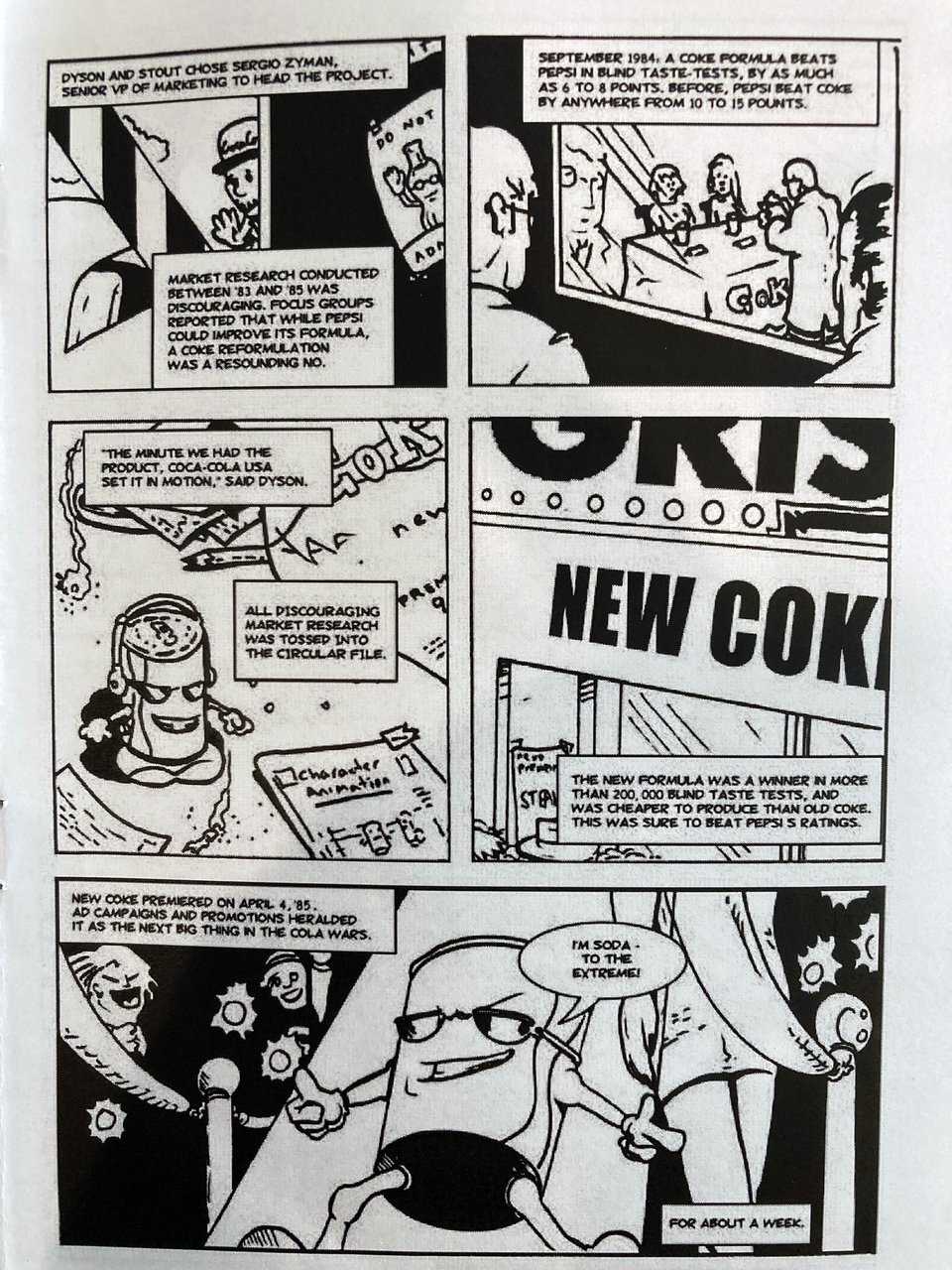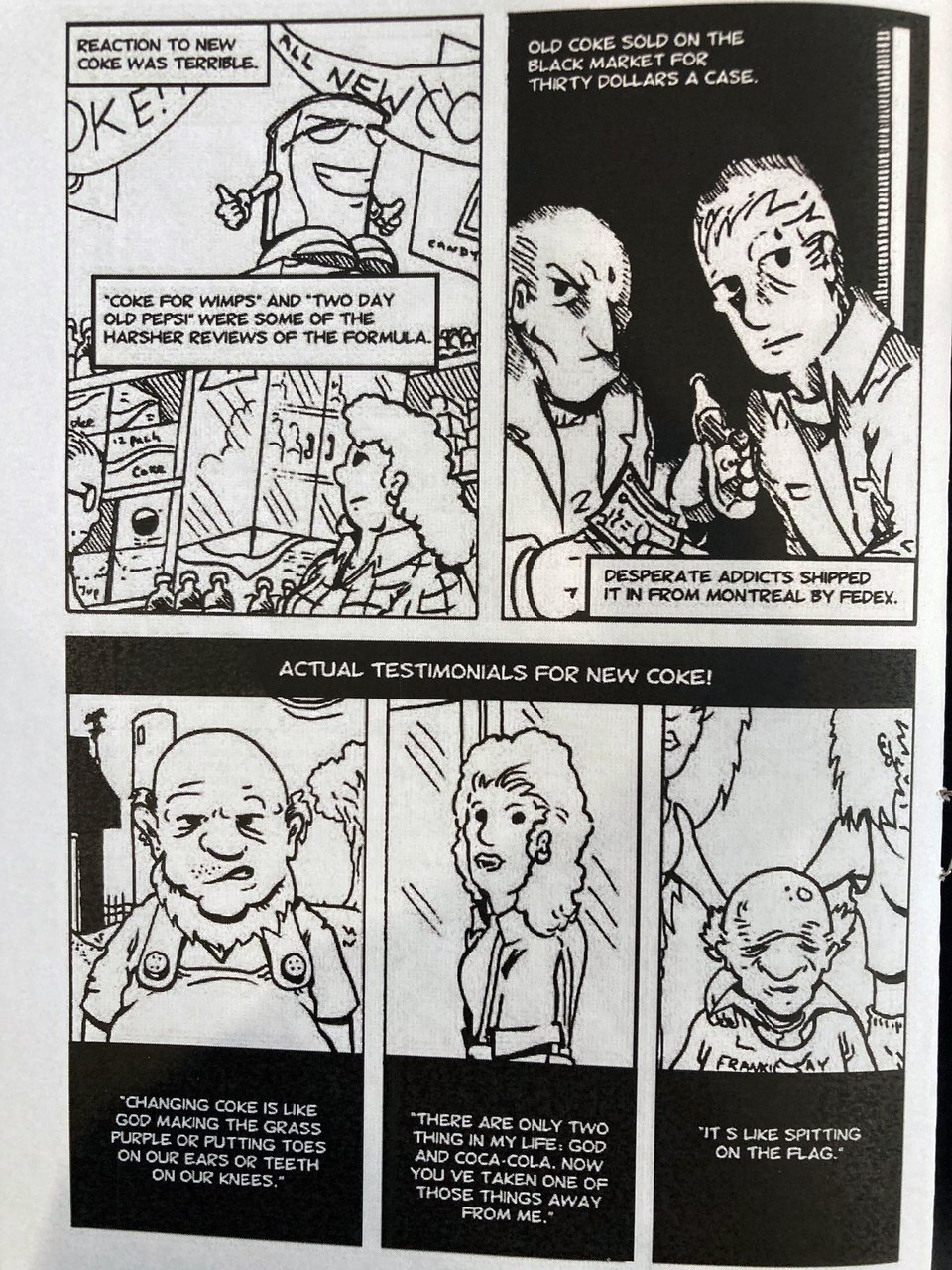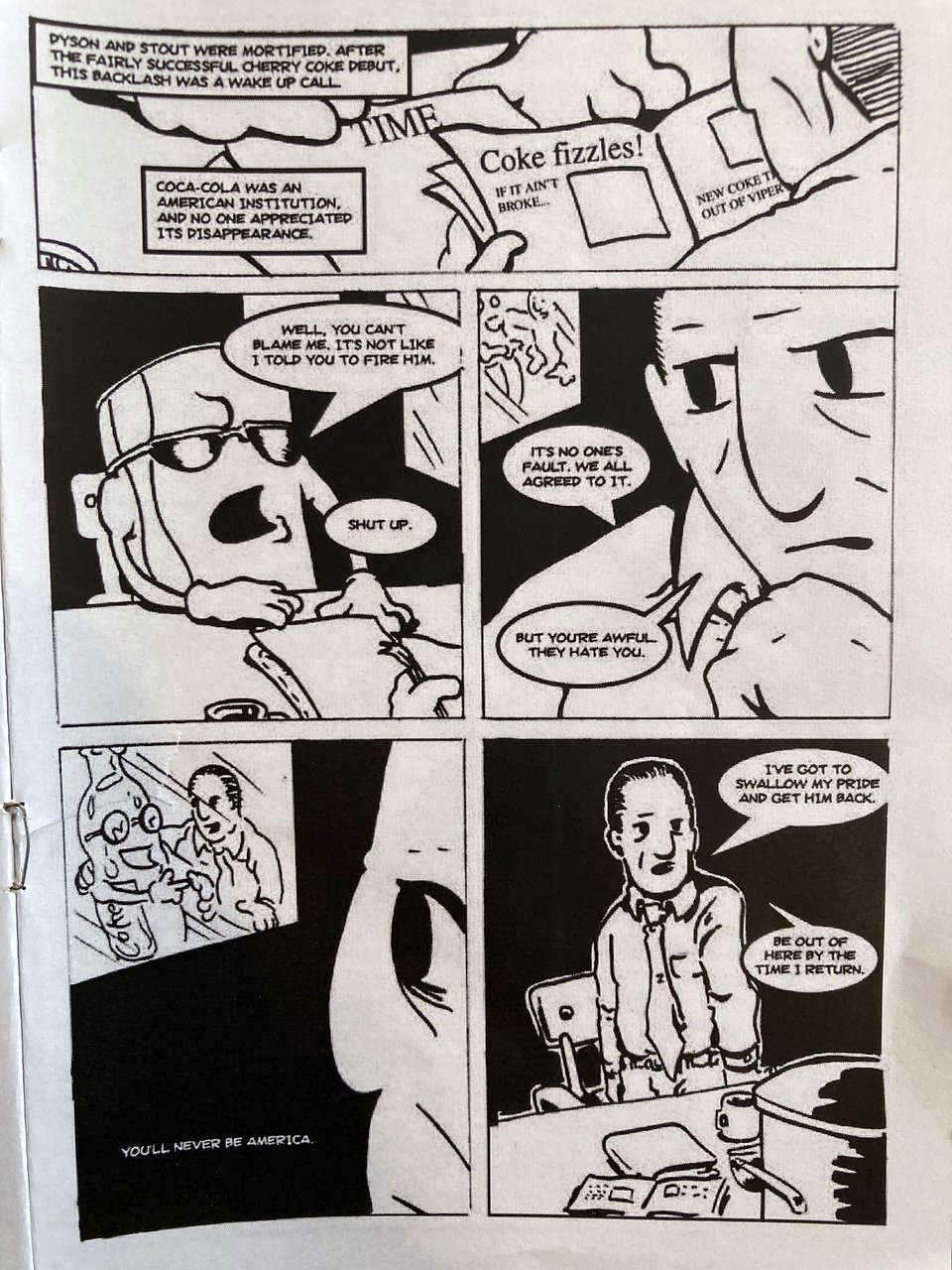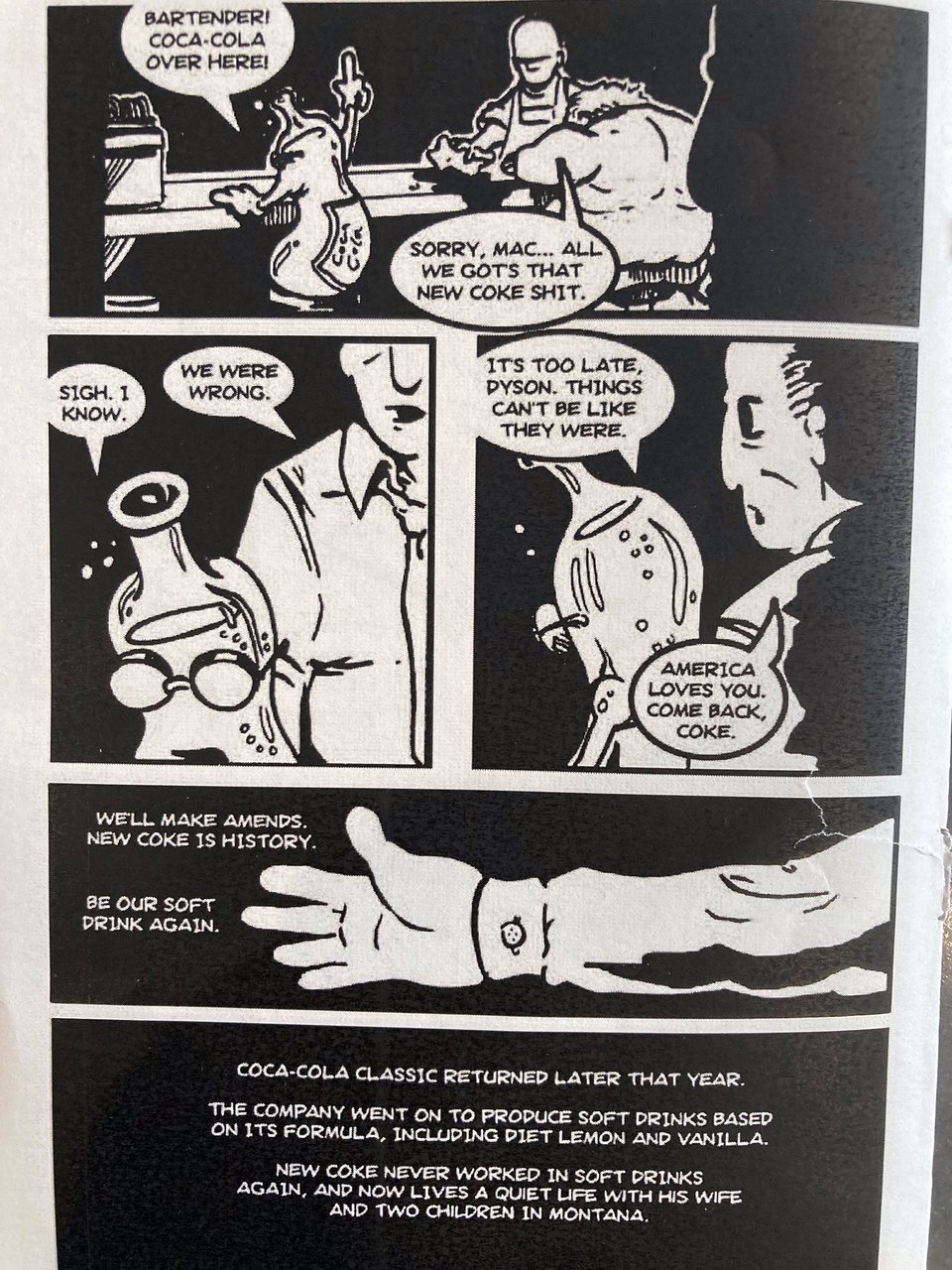NJW&C 08: How To Make Minicomics for Fun (and Maybe Start a Career)

Hey, Kids! It’s Nice Jewish Words & Comics!, the latest installment from Neil Kleid's monthly newsletter with updates and info about his latest projects!
Welcome back, good-looking readers!
I hope you’ve all been well and thriving these last two weeks. I’ve had a busy fortnight (not to be confused with ‘Fortnite’, of course) doing day job related work stuff, and dealing with off-on again feeling-under-the-weather-itis, and so haven’t done a heck a lot of writing. But I’m back at it again this week, and starting with this here edition of the newsletter.
FIRST + FOREMOST
Nice Jewish Boys #4 is OUT NOW from me, John, Ellie, Sarah and Comixology Originals. That makes four out of five issues of our intimate suburban Jewish crime comic available to interested and curious readers. The last issue hits Amazon in early March, and once all five issues are out…I’ll have a bit more to say about that comic.

For now, though, here’s what to do:
Download & read them on the Amazon Kindle app (iOS | Google)
If you enjoy them, we’d appreciate you writing a kind review on the Amazon listings for each issue.
We’d also appreciate you telling friends, foes, family and well, everyone about the series either via word of mouth, social media, paid for televised ads—you name it!
Finally, please accept the creative team’s grateful thanks. Without your support, we couldn’t make and release good quality comix like this one. Thank you thank you thank you (it’s like Beetlejuice—I say “thanks” three times, and hopefully something good appears in your life…!)
SO I’m writing this newsletter on the morning of Super Bowl Sunday to distract myself from the fact that my Lions are not playing tonight, and the world will not see the Eminem V Taylor matchup it truly desires. Looking forward to the game, the commercials, friends and food…but mostly, I’m already getting set to swap my Lions ball cap back for my usual Detroit Tigers cap as Spring Training soon gets underway. This is the Tigers’ first year without stalwart and now-retired first basemen Miguel “Miggy” Cabrera, and I’m hoping the Bless You Boys take a page from our Guys in Silver and Honolulu Blue to show some grit and give us a heck of a baseball season.
But enough sports. You’re here for the comics, so let’s get to it.
ME + MY MINICOMICS

Catalyzed by last installment’s conversation regarding the peaks and valleys of a comics career, I’ve been thinking a bit about the very long road I’ve traveled from comics there to comics here. It got me looking back at some of my old books and stories, all the way back to my humble beginnings as a would-be artist and cartoonist newly-arrived in New York City. Lots of folks have asked me, “Neil, how did you first get started in comics?” And what I say to these folks is, “Folks, the truth is, I’ve had a few ‘starts’ in this crazy little industry of ours, all of them a struggle and a fight, and all of them attacking it from different points of entry—as happens to many would-be comics creators.”
To really consider my Official Start In Comics™, you need to travel in the WayBack Machine to 1999, when I first moved from the Detroit suburbs to find my way in the rough and tumble New York area.

I was very much a superhero comic book fan, hadn’t really been exposed to other genres beyond that (other than perhaps a handful of romance, funny animal, and war comic books, and also Bone by Jeff Smith and the Ninja Turtles, both widely promoted in Wizard, the widely disseminated comics industry rag) and was doing my best to get hooked up with someone, anyone who could get me in the door at either Marvel or DC Comics. I had a handful of superhero concepts of my own brimming to the surface…but mostly, I wanted to make Batman or Spider-Man comics at the time. And so I spent the next few years trying to make contacts, cold emailing creators and editors, sending around ideas and orchestrating superhero stories of my own with several likeminded writers with whom I’d organized a collective called Third Eye Publishing; we teamed up to self-publish two issues of an anthology that nobody read.
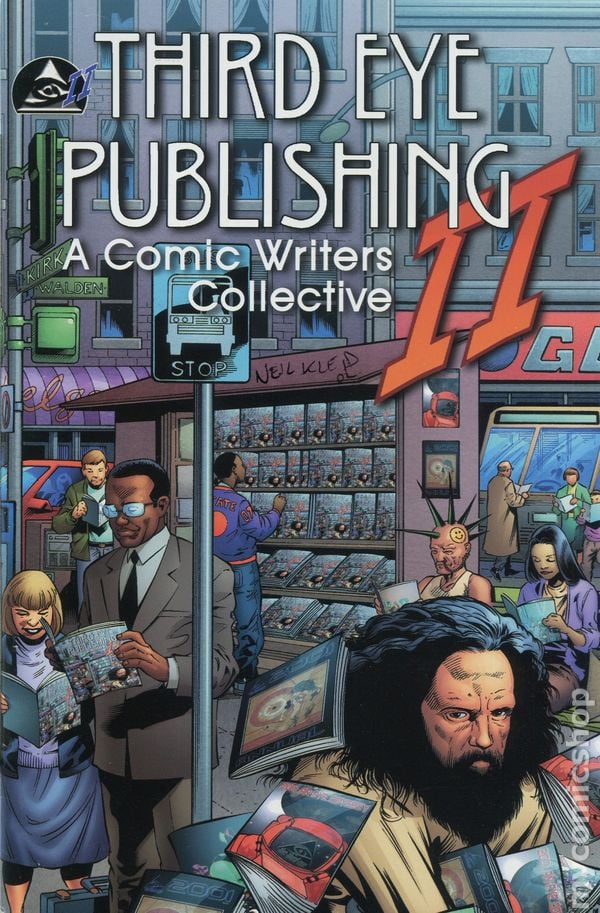
One of the other things I was doing back in my early days in NYC was some light improvisational comedy and really terrible acting with a fledgling theatre troupe which organized on the Upper East Side (so Off-Broadway we were on 74th and 3rd)—like, truly unique Shakespeare reimagining in a church basement. I was doing that combined with taking a few classes under the tutelage of Matt Besser and Joe Bill at the Upright Citizens Brigade (where lots of SNL alums got their start—like Rachel Dratch, Amy Poehler, and more.) (I do promise—we’re getting to the mini-comics of it all, as this newsletter’s title suggests)
To that end…the director of my theatre troupe had offered use of the company stage (again, in the church basement) for anything I needed that was related to my comics career…and so, I took the man at his word and decided to throw a one-day underground comics convention to help me make local connections…and find a way to sell the Third Eye anthology and highlight my fledgling writing work to a brand-new audience. Inviting a bunch of local self-publishers and creators I’d connected with on message boards and via the anthology, I took a huge leap and COLD-EMAILED THE EDITORS IN CHIEF OF BOTH MARVEL AND DC COMICS WHICH I NOW SEE WAS SOMEWHAT INSANE AT THE TIME, inviting both Joe Quesada and Mike Carlin to come talk about comics and film on the same panel. To my surprise, they both said YES (in fact, Joe asked if he could bring Axel Alonso with him, who was I believe a Group Editor at the time.) And so, I had a show.
But now I had to promote the show. And thankfully, DC Comics was happy to provide me with a venue for doing so…because two weeks before my little whatever it was, DC held a star-studded indie cartoonists’ signing at the now-shuttered Virgin Megastore in NYC’s Union Square for their own upcoming hardcover anthology, Bizarro Comics.
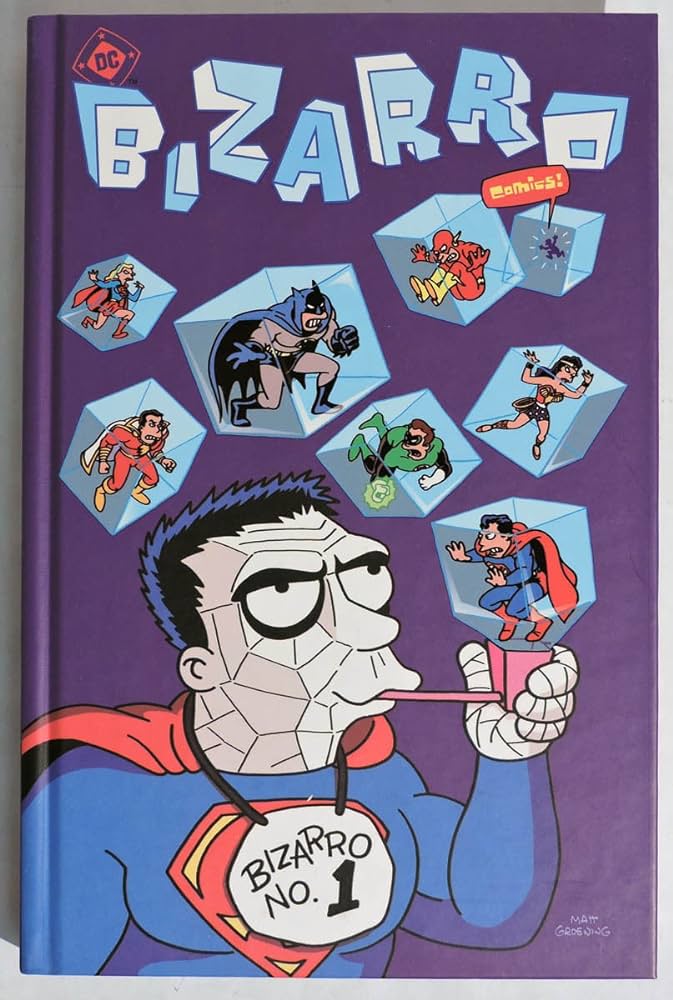
For those who haven’t read it, Bizarro Comics is a fantastic book full of short oddball stories by the then-cream of the crop in terms of independent + alternative cartoonists and storytellers. Evan Dorkin, Jessica Abel, Chip Kidd, Tom Hart, Tony Millionaire, James Kochalka, Paul Pope, Ivan Brunetti, Hunt Emerson, Marie Severin, Dylan Horrocks…I mean, the list goes on. I figured, “hey, maybe this is a good place to hand out flyers for my show…and also offer table space to any cartoonists who might be there?” So I stood on line for the Bizarro signing, got a copy of the book, and introduced myself to every single person involved with DC’s book. And that initial contact—and my exposure to the work of those who worked on it—made me realize…hey, there are a bunch of awesome comics out there by people who are NOT necessarily telling superhero stories. There were slice of life comics, humor books, fantasy comics and more. And a lot of these amazing creators were not only writing and drawing their stories…but also printing and distributing them as printed books or as “minicomics”—like ‘zines, minis were guerrilla printed on varying types of cheap paper, hand-stapled and sold in small/limited runs at conventions and in comic shops, often on consignment deals based on sales (consignment is an arrangement in which goods are left in the possession of an authorized third party to sell.) Over the next year or two, I got to know some of the masters of the minicomic form—many of whom were from Michigan like me, including Matt (Cynicalman) Feazell and Sean (Jape) Bieri. And some of them, like Dean Haspiel and Josh Neufeld, Brooklyn-based cartoonists who did a shared mini comics joint titled Keyhole, also got to know me.
Like Dean and Josh, many of those cartoonists became close friends, and they really did welcome me in when they didn’t need to, encouraging me to draw and make comics of my own, including Jessica (Artbabe) Abel, Tom (Hutch Owen) Hart and Nick (Rubber Necker) Bertozzi. Dean, Josh and Nick, in fact, saw the early stages of my graphic novella Ninety Candles and suggested that I submit the early pages to the Xeric Foundation for a potential self-publishing grant…which I did, winning the grant in 2003. And Dean was the one who pushed me to keep making minis and go sell them on consignment to well-known comic book shops Jim Hanley’s Universe in Midtown Manhattan and Forbidden Planet near Union Square, both of which had an entire rack devoted to minicomics.
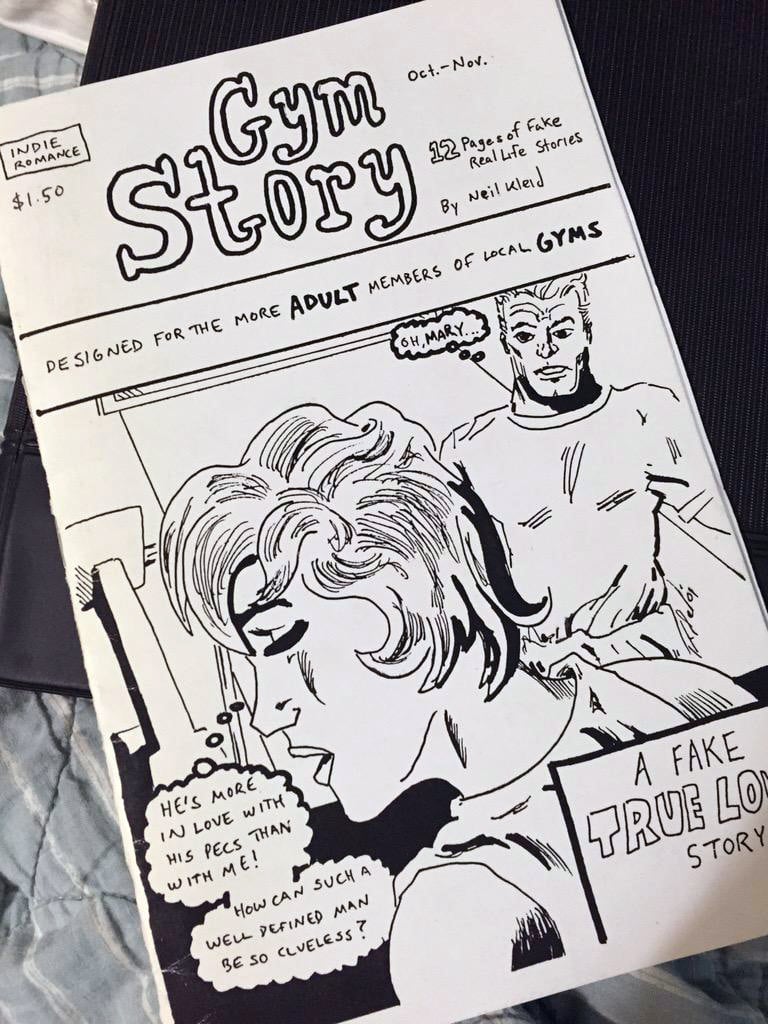
The first minicomic I ever made was a meet-cute 8 page romance titled Gym Story, my first embarrassing attempt at drawing an entire comic book story by myself. I still hadn’t established my ‘house style’ as it were, and one of my early ideas was to give all of my characters black circles for eyes…which, unfortunately upon a re-read and looking back, makes them appear soulless and frightening. I also have a more cartoony style than I would like — more ‘Family Circus’ than ‘Frank Miller’— and so any attempts at me drawing serious or dramatic comics I knew would require collaborating with other artistic co-authors…which I did for later minis, then for comics and graphic novels, and have been doing ever since.

One of my first big hurdles in getting started was learning how to make a minicomic. Sure, I could fill each of the eight pages with whatever kind of panels or art or narrative I wanted…but the key thing I had to wrap my mind around was that a book is comprised of four-page folios.
(Before we dive into my journey, Jessica Abel has a fantastic article here as a resource to those who want to learn how to make minicomics.)
Now, you can easily make a 4-page mini by taking a single sheet of paper, folding it in half and—boom—you’ve got front and back cover, and a two page story inside. OR you can have a front cover and a three page story, if you don’t mind the story continuing on the back. You can also do the same by folding the paper in half, and then folding again. This way, the 4-pager comic is a little smaller—mini, as it were. OR you can slice the crease/spine of the twice-folded paper open along the top and use a stapler (we’ll get to that) along the comics’ ‘spine’ to make an eight-page mini—front cover, back cover, six pages of story…or seven, if you want to use the back cover for the narrative.
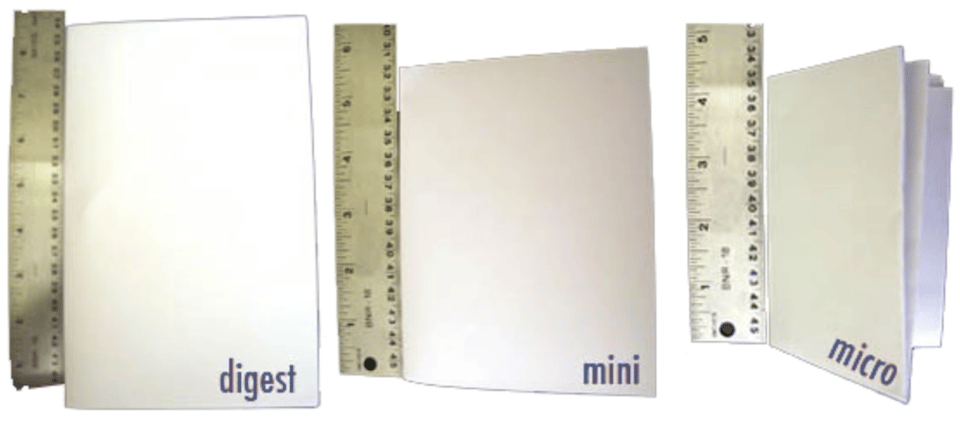
I’ve crafted minicomics that are 5.5 inches (half a page) by 2.75 inches (quarter of a page), but most of my minis have been sized to 8.5 inches by 5.5 inches—a page folded once—because I found that size the easiest to reproduce on an economy-sized photocopier (or print to a desktop printer.) I’d generally work with 16-24 pages in length, and use a long-arm stapler (soon, soon) to connect the folios together. That way, I could offer a larger narrative or include more than a single story in the mini. When I first started crafting minicomics, I hand-illustrated and hand-lettered everything, printing the copies directly from a set of taped-together original pages…but eventually I started using various design programs to letter my comics on the computer and mock them up for printing as a digital file. Gym Story was completely hand-crafted and I made very few copies —maybe 10-15? I have the single remaining copy here at home, the very first minicomic I ever made.

With larger narratives or an “anthology-style” minicomic with more than one story, the book had to be set and then stapled as a sequence of 4-page folios, I had to keep track of which page to place on which side of the 4-page folio (one single sheet) for when the minis needed to be assembled. For instance, for a 16 page minicomic, the first sheet of paper presents the front and back covers, and the front / inside and back / inside covers of your overall comic: pages 1, 2, 15 and 16. The second sheet — the second folio, as it were—presents pages 3, 4, 13 and 14. And so on. That’s something you have to keep in mind when mocking up the comic either by hand or in a design program before you send it to print (and when you’re organizing the individual sheets for stapling.) I highly recommend you make a small little dummy our of some random sheets of folded paper, by the way, and number each of the pages with a marker so you don’t accidentally print your narrative or overall comic out of sequence…which has definitely happened to me at least once or twice.

And yes, if you can, invest in a good Swingline (or comparative brand) long-arm stapler. This longer stapler lets you adjust where you place your staple by sliding it along a ruler. A regular stapler isn’t long enough necessarily to staple the spine of 4-6 sheets of stacked, folded 8.5 x 11 sheets of paper. But a long-arm stapler will let you adjust where the staple goes in, extending your reach so that you can put three well-placed staples at the top, bottom and middle of the comic’s spine. A good stapler can cost anywhere from fifteen-to-thirty bucks from your big box paper supply store, and it’s well-worth the investment.
But where to print, and on what kind of paper? Well, that’s kinda up to you and may also depend on your resources and final form of your minicomic. See, when I was just starting out I’d just get myself a ream or two of cheap copy paper for the comic’s interior and invest in some cool colored papers for the cover sheet (folio 1, remember?) If I was doing a color cover, though, often I wanted a sturdier cover stock and would either buy it myself or pay for it from a local printer. If you set up your mini as a design file (using Adobe Indesign, let’s say) you could simply print it yourself if you have a solid, dependable laser printer than does duplexing (flips the paper to print on both sides)—BUT don’t forget to test some pages to make sure they’re printing correctly.
Me, I’ve printed minis by myself and burned out printers of my own (and, uh, also maybe a few printers at design jobs I used to work, firing out 100 copies late at night when no one was around with paper I brought from home.) Or I’d take it to a place like Village Copier in NYC, and handed them either a design file or photocopied versions of the comic along with a dummy/mock up of the final comic, and had them take care of the entire thing for me—either having them return 50-100 fully printed and stapled comics…or a stack of folios I’d staple myself at night, putting 100 minis together in a marathon stapling session, usually a night or two before an imminent convention. In fact, one of the earliest moments of my relationship with my now-wife of almost eighteen years had the two of us spending one night stapling a bunch of minis over glasses of wine (yeah, I can’t believe she married me, either, dear readers. I’m a lucky man.)
And in terms of pricing your minis? Your call, too. I usually sell mine for two bucks—low enough to get passersby to consider, high enough that I don’t feel like I’m just giving them away. If I printed them on heavier cover stock, as I did with Rant Comics #3, then in those cases I might raise to 3 bucks to try and recoup my losses. And when I consigned copies to Jim Hanley’s, Forbidden Planet or other stores, I usually sold them for half-price because they’d buy in bulk.
After I did y first minicomic, Gym Story, I had to figure out what my ‘brand’ of stories was going to be. Haspiel, for instance, was doing aggro-romance heart wrenching Billy Dogma comix and also some cool auto-biographical stories, too. Neufeld’s focus was definitely auto-bio, but also with a lot of non-fiction cartoons mixed in that were set in the worlds of finance and travel. Bieri and Feazell were mostly offering varying levels of humor, as were my pals Chris Radtke and Mike Dawson with their wonderful series Gabagool. But me? I had no angle. Now, I was doing these…little rants, as they were, across various comic book message boards—about everything, really: comics, food, exercise, New York, the mail, anything that would set me off. So I figured, why not illustrate those and do a little minicomics collection of illustrated rants. And so, Rant Comics—my first publishing banner—was born.
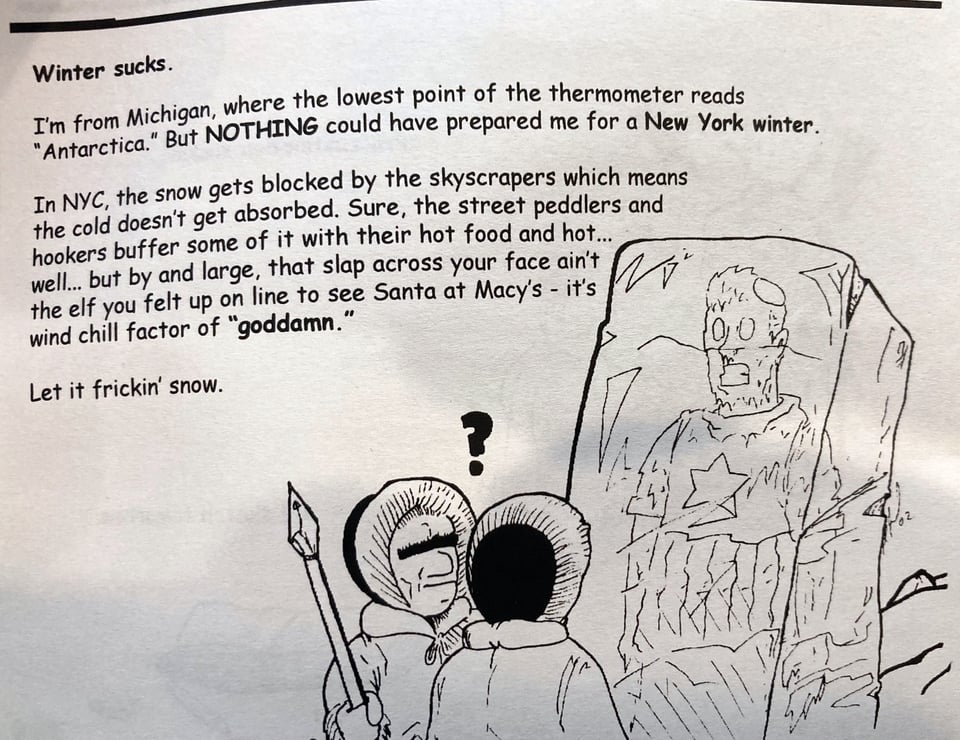

The first issue of Rant Comics was super simple…and honestly? I don’t even have any copies left. Rant Comics #2 still had a few of the illustrated rants, but started to depart from the format with a slice-of-life story—“A-Train Ethics”, which I’d presented as a standalone webcomic earlier in the year—and the first appearance of, uh, Explodey the Clown…who is, well. He’s the clown that likes to explode. Rant Comics #2 also featured a full color cover and I had to print those at Village Copier.
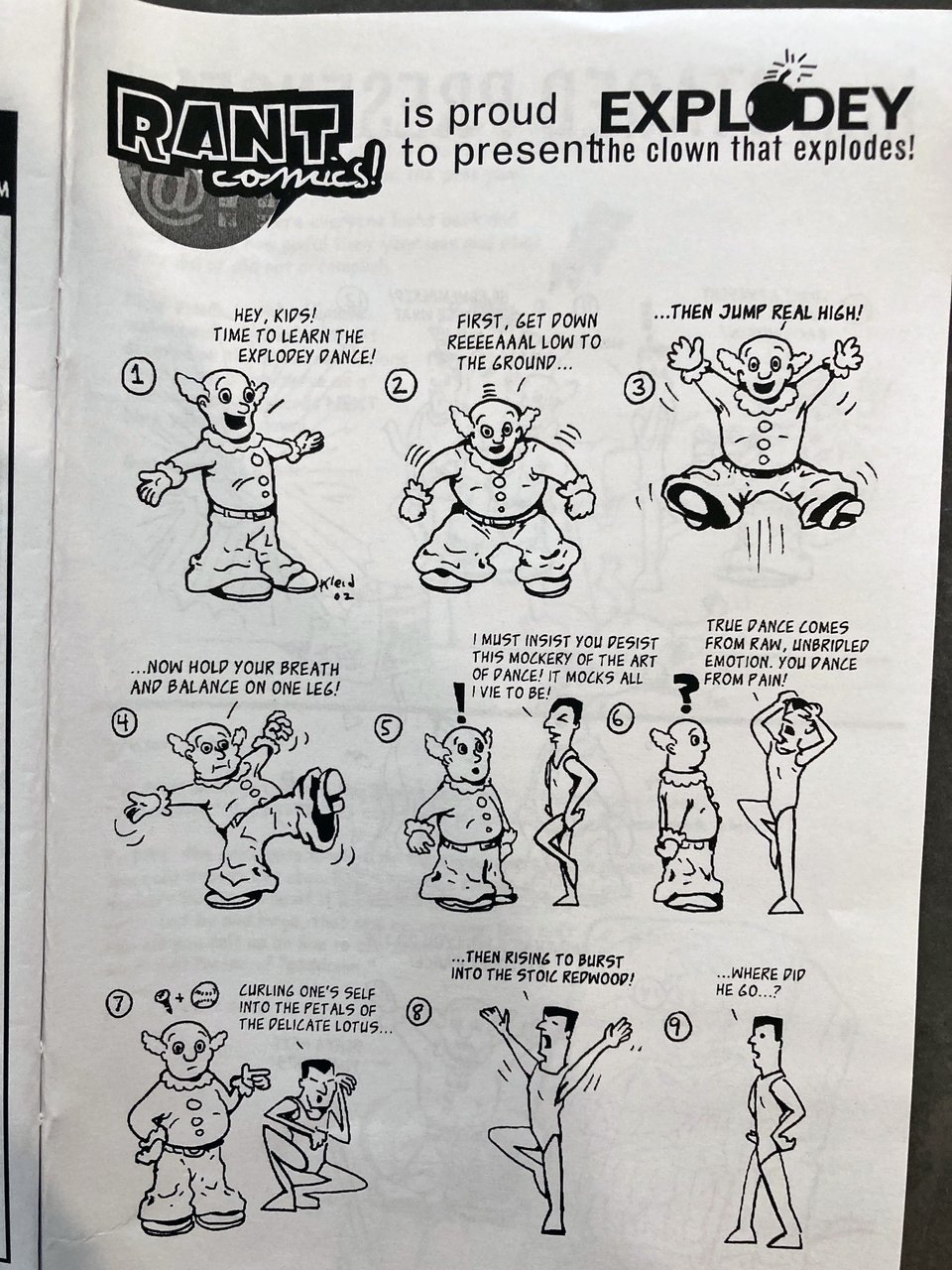
Rant Comics #3 was my first fully realized mini—it had a single color cover, the same Pantone green as Ninety Candles which I was working on at the same time. It included the first installment of “Suburbia”, a slice-of-life story I wanted to tell about my move to New York; a heavily-researched short comic about the rise and fall of New Coke; an Explodey story and a comic called “Spring Rolls” that I’d illustrated for a separate minicomic anthology a friend was printing.
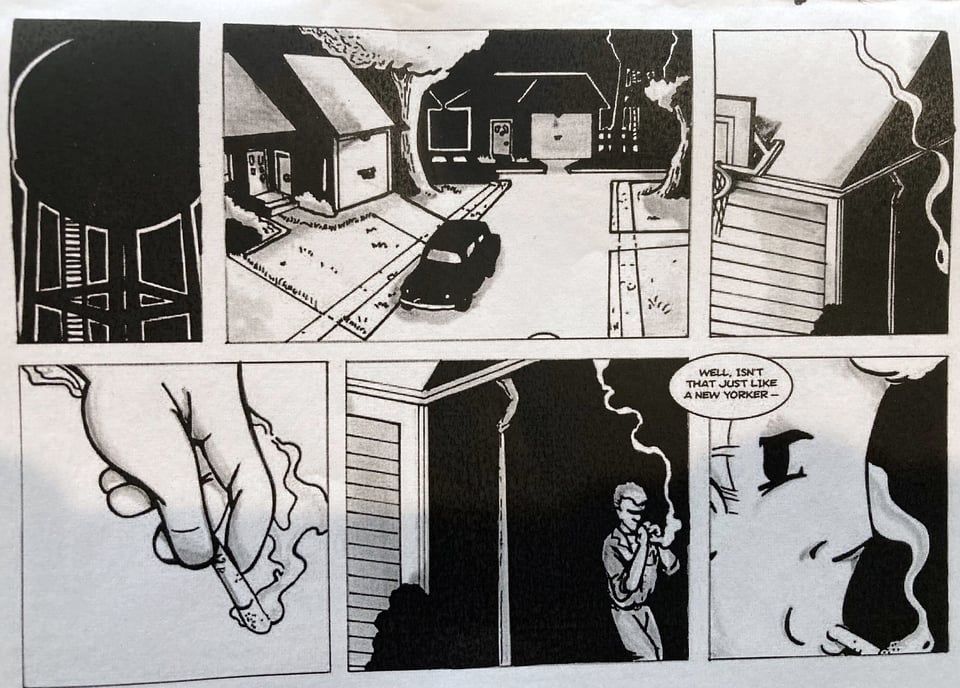
By the time issue 3 came out, I was already working with other co-authors (including Jake Allen, on Brownsville), had learned I was getting the Xeric Grant for Ninety Candles, and getting some traction with editors at Marvel Comics. I was also beginning to think about writing and drawing a complete graphic novel titled Migdal David, about my younger brother, and I was having trouble focusing my drawing time on minis anymore.
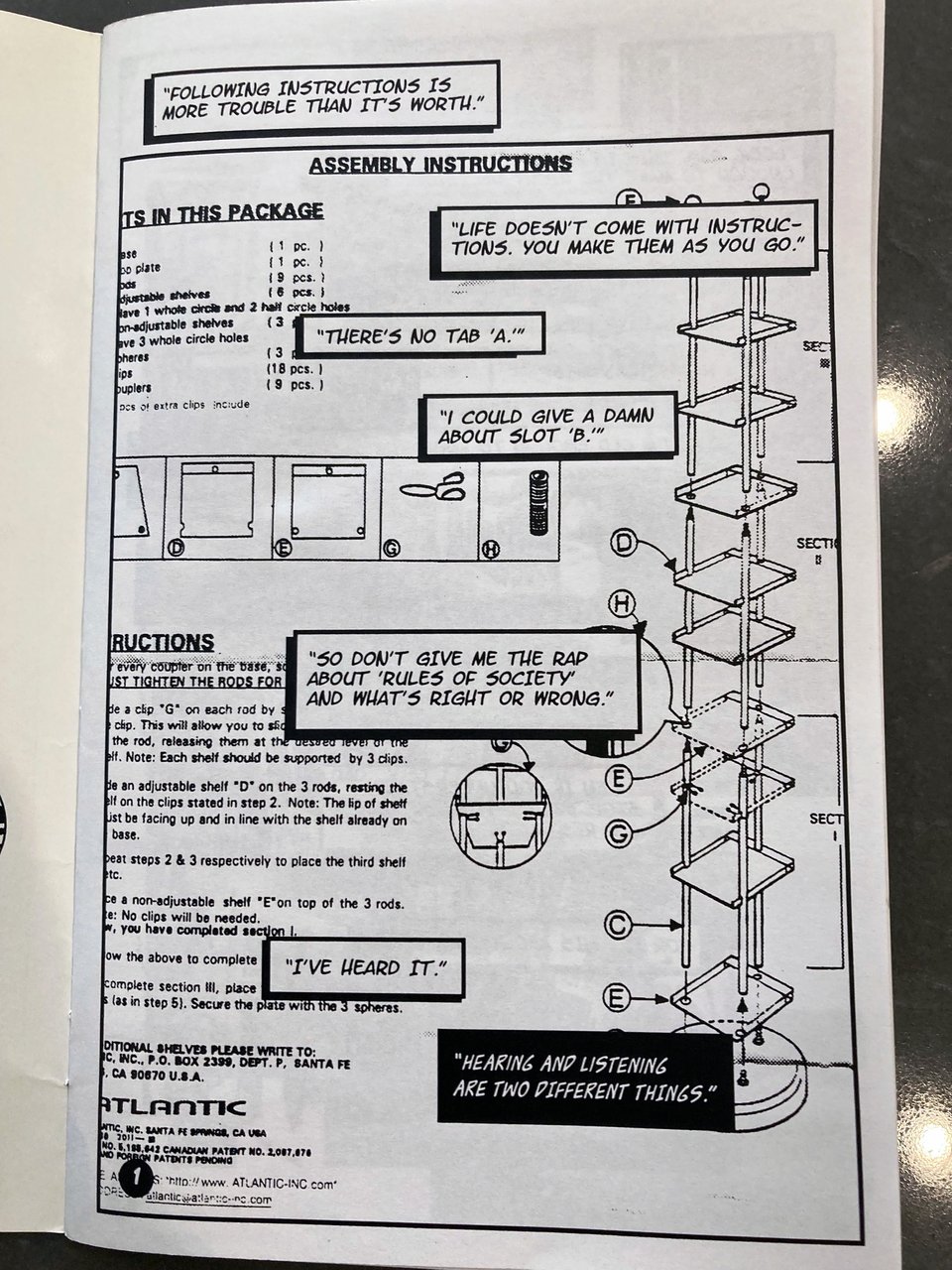
And so I branched out. I crafted a series of quick mixed-media minis (using illustration, photography and scans from various catalogues) about my relationship with my father, mother and brother titled in order, Stable Rods, Empathy and David (kind of a testing ground for the full graphic novel.) And I also collected some ‘Twilight Zone’ style short horror tales I had done for a website with co-author James Smith under a new banner, Late Night Block. LNB was a lot of fun, actually—I printed three minis with covers from Lea Hernandez, Carla Speed McNeil and Mike Oeming (with whom I had co-authored my first Marvel story for X-Men Unlimited), each printed on a different color stock paper. The LNB minis were my first real stab at weird/horror/offbeat stories, and helps pave the road for the anthology shorts I did for Papercutz’s Tales from The Crypt reboot and Dark Horse Comics’ Creepy Comics anthology series.
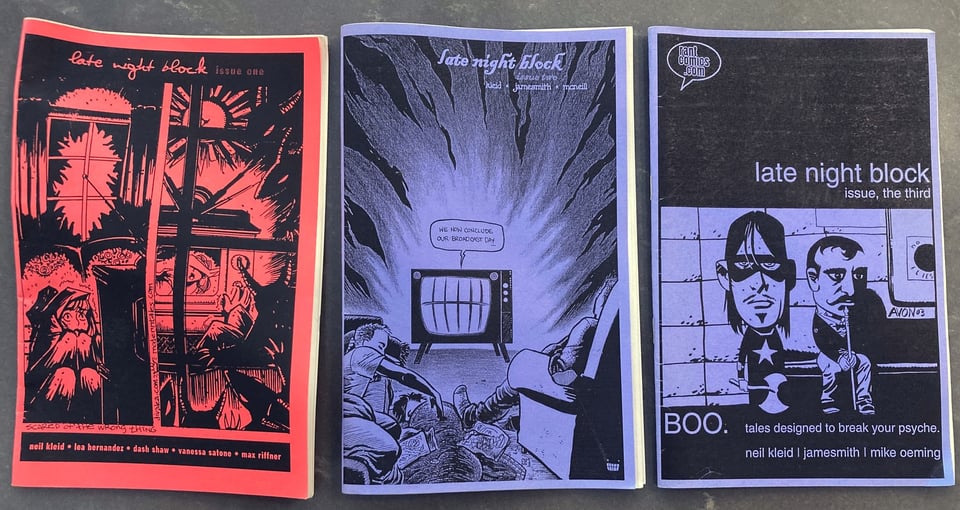
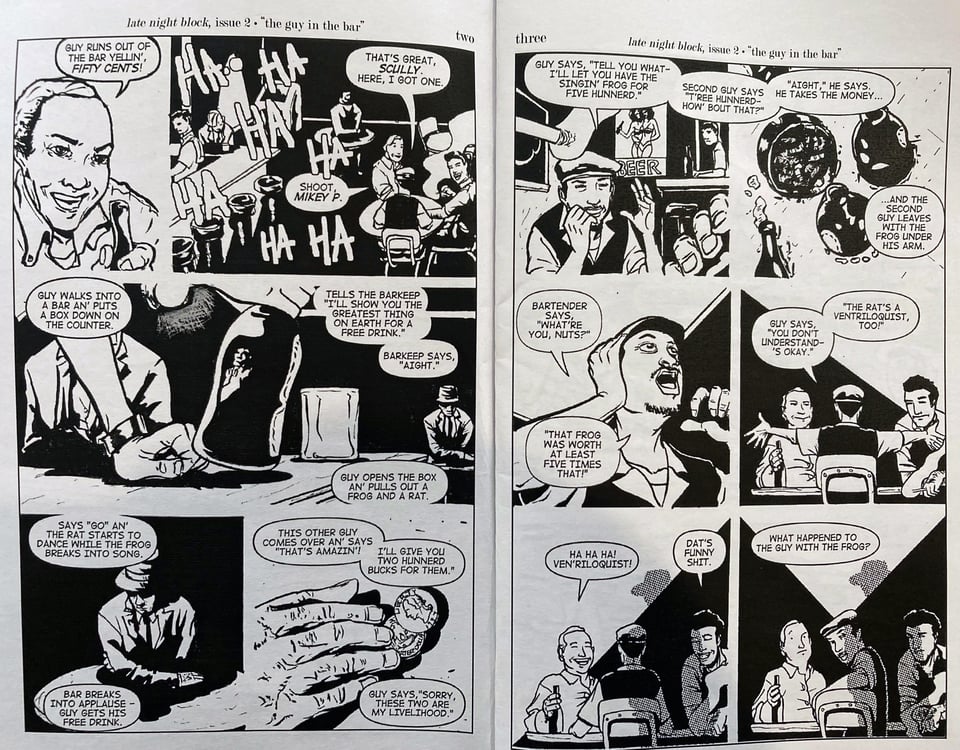
The very last minicomic I ever made was in 2004, right after a two-week trek to Israel I undertook in order to research Migdal David, the memoir graphic novel I was creating about my brother Dovid. The resultant mini, Pilgrimage is an illustrated travel journal that juxtaposed essays about landmarks and the change I witnessed alongside detailed sketches of various locales I visited during my trip. I printed very few copies (about 50, if I recall) on standard printer paper in black-and-white. I have the very last copy of the comic sitting on my bookshelf. Sometimes I re-read it and mourn my accelerated, short minicomics career and think about producing just one more.
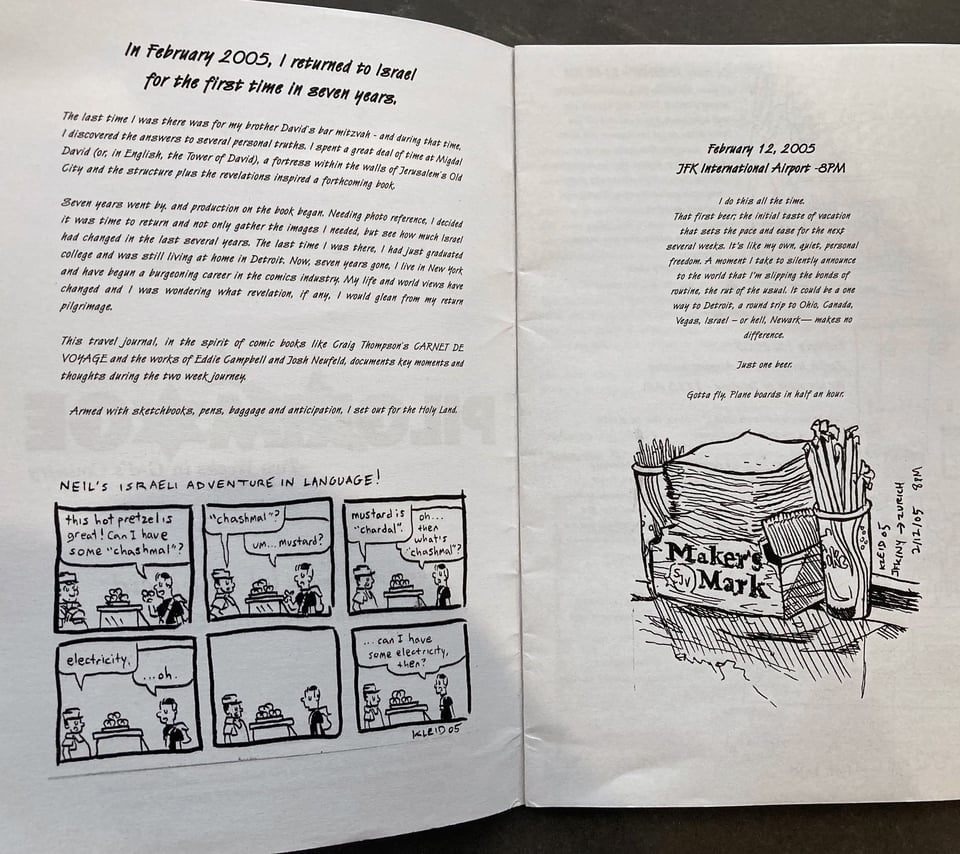
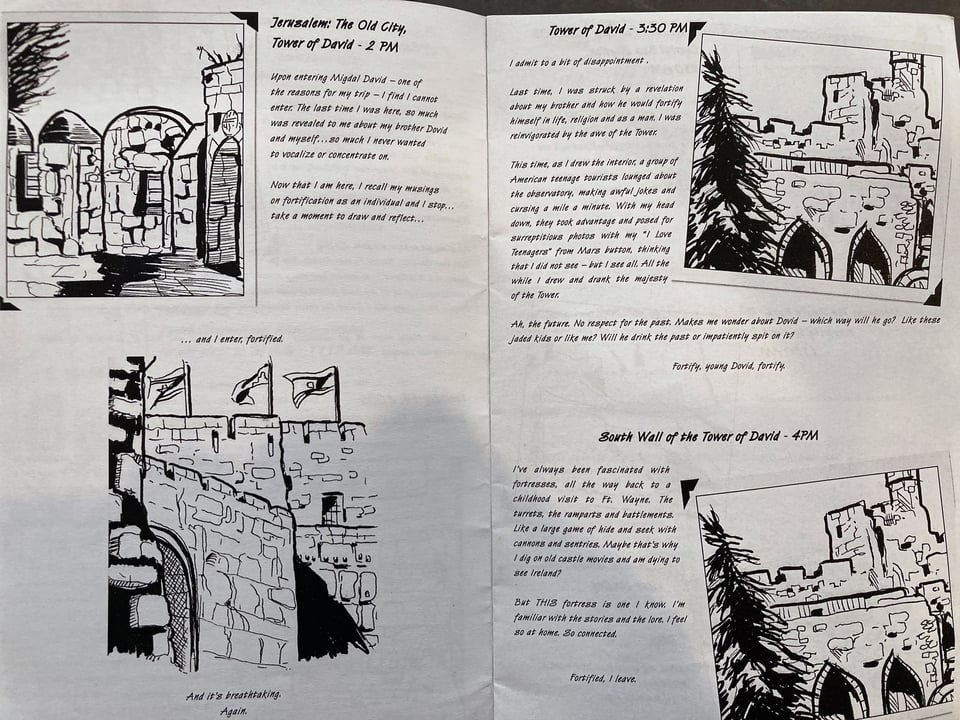
As I got away from the form and began producing more traditional published comics and graphic novels, or working on the infinite canvas available for webcomics and interactive narratives, I forgot that there’s something quite freeing about the DIY model of writing, drawing, printing and stapling minis together. It’s a very intimate process, and worth all comic book creators at least trying once (as I recommend they do with all aspects of comic book creation.) If it weren’t for those early minicomics—and finding a community of creators at shows like MoCCA, Small Press Expo and more, hustling to sell their hand-crafted paper jewels to new audiences, I may not have gotten traction enough to get my cartoons and stories into indie anthologies, and then pitch folks like NBM Publishing, Slave Labor Graphics, Image and more…and I definitely would not have won that grant to produce Ninety Candles, which helped me start getting work for hire assignments and more.
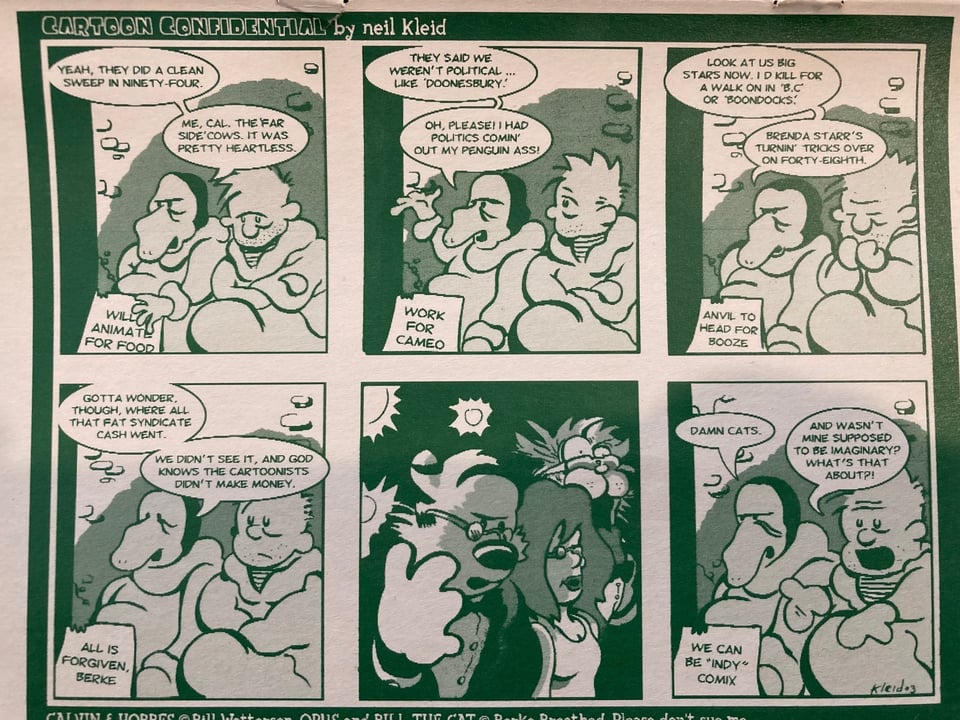
That’s the beauty of starting small: each little hand-crafted story can build to the next, and one day you look all the way back down your road—past large, glossy, hardback books and flashy commercial comics and mass market novels—and spy that first milestone that led you where you are today. Sure; they may have “mini” in the name, but they’re comics all the same. And even though you’re producing them yourself, and hand selling them direct to consumer, doesn’t mean they’re not worth the same value as the stories or comics that you’re mass producing for wider distribution. In fact, they may have more value for their intimacy and immediacy of craft and purpose. And the best part about the form is that you can pass it along to others—as I have to kids at local community centers, and to my own children.
Make a minicomic. I dare you. Hopefully, you’ll thank me—and yourself—for it once you’re done.

THE TRUE STORY OF NEW COKE
So, this newsletter was a bit of a long one, so we’ll skip the media I’ve been making and consuming lately to offer you one of the comics I included in Rant Comics #3: a six-page overview of Coca Cola’s folly, the disaster that was New Coke. Here’s a bit more background, if you’re interested in really digging into it. And below, please find scanned pages from the minicomic (apologies for the quality; the original files only exist on a ZIP disk—which, ha ha, I’m old and half of you may not even know what that is—and I can’t really access them until I get the files transferred to a flash drive or something.)
Enjoy the comic, and we’ll see each other in two weeks — Neil


